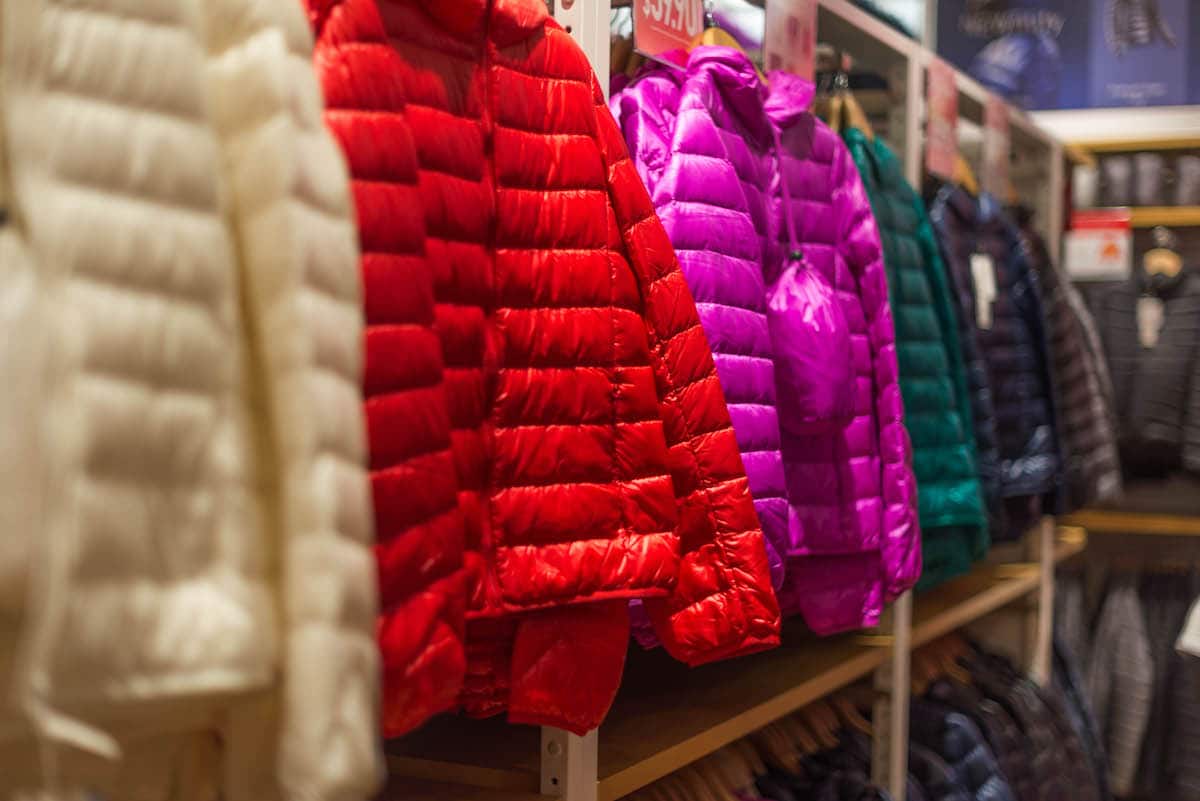We already know that data is king. But data alone isn’t enough. The one thing that retailers really need to make data work for them is machine learning technology.
Between identifying patterns, optimizing prices, and enhancing suggestions, machine learning is essential to maximizing the effectiveness of your marketing efforts. In today’s world, where shoppers are inundated with offers competing for their attention across every channel, from mobile web to in-app, in-store, and online, retailers need machine learning to stay ahead more than ever. Here’s why.
1. Machine learning predicts shopper behavior.
Machine learning helps retailers identify their target buyer, understand their past and present interactions, and predict what shoppers will need and do next in order to optimize offers. If it’s summer in Australia, chances are people there aren’t shopping for down parkas and cashmere scarves. On the flip side, if it’s winter in New York, count on snow boots and leather gloves to be flying off the shelves.
Machine learning helps retailers apply data about which items are a rare or one-time purchase (a luxury car or giant sofa, for example) as opposed to one that will be refilled (like toilet paper or granola bars). These insights prevent their customers from being barraged with ads for BMWs when what they really need is to be reminded that they’re about to run out of shampoo.
2. Machine learning drives brand engagement.
Machine learning helps retailers deliver the right message at the right time, on the right channel. The more data the machine learning technology has to work with, the better it can engage shoppers in more meaningful ways.
We recently partnered with IDC on a report that details seven creative ad elements that can be personalized: images, taglines, name, formatting, color, copy, and call to action.
Combined with the multiple devices that ads must be formatted for (desktop, mobile, tablet), thousands of publishers and ad exchanges, and more than a billion shoppers, each with their own preferences, that results in trillions of possible ad variations.
Human marketers aren’t equipped to mine terabytes of data at the speed and scale necessary to engage with shoppers whenever, wherever they are. Enter machine learning technologies, which can act on data with lightning-fast speed and precision.
3. Machine learning optimizes sales.
The “best price” for something can change over time, and machine learning algorithms can take into account key pricing variables, such as seasonality, supply, and demand. This gives retailers the ability to offer the right price at the right time, while staying on track with specific targets, such as maximum profit or revenue optimization.
Machine learning technology also removes the often detrimental impact of human error or bias. Through dynamic pricing models informed by big data sets, retailers can more accurately set prices that achieve all their goals — at scale and with accuracy.
4. Machine learning enhances product recommendations.
Machine learning’s ability to identify patterns arms retailers with the ability to act on spending habits, shopper behavior, and market trends. This can help them personalize brand experiences and product recommendations that drive sales.
Machine learning algorithms can generate suggestions for complimentary items (like an ottoman to go with the couch you just got), instead of pushing an item a shopper just bought that they won’t need to stock up on for weeks or months (like another economy-size pack of toilet paper).

(Learn more: Would you survive in a tech-less world? Find out with this interactive quiz.)
5. Machine learning makes data actionable.
Machine learning combines shopper data with market trends — even factors like gender, age, and location can get put into the mix — to give retailers a more holistic view of each customer. Machine learning technologies can also identify opportunities that human marketers might not see, such as new audience segments that could benefit from a specifically tailored approach.
Through predictive analytics, machine learning empowers retailers to more effectively target shoppers, both individuals and groups that share similar behaviors, based on informed predictions about a person’s next click, want, or need.
Why machine learning is here to stay
Personalizing content, cadence, and prices for each individual, targeting an underserved segment in your database, connecting with shoppers that convert faster and more often, and driving lifetime value from your customer base are just a few of the ways that machine learning will continue to help maximize revenue for retailers.
Machine learning is already an influential force in marketing, powering engagement across channels and campaigns. We’ve only just begun to see the impact ML is having on retail. In the future, businesses that want to succeed will need to embrace this industry disruption — a transformation that ultimately benefits both sides of the marketplace.





















